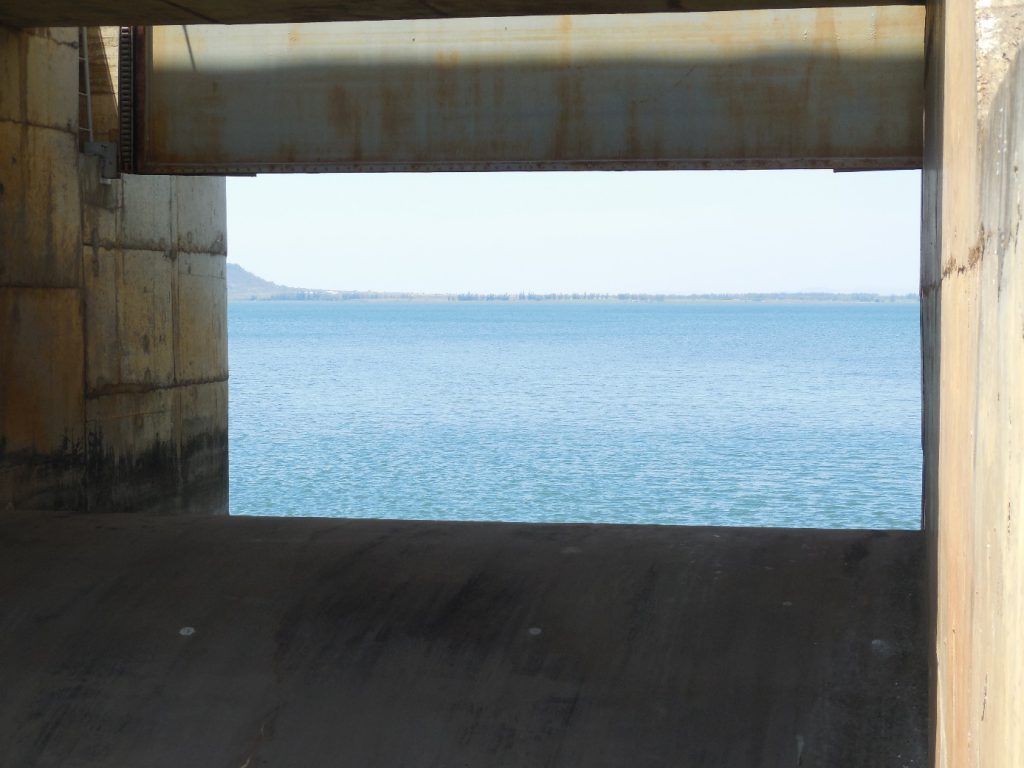Two water allocation models were developed in this project as a tool to support policy evaluation and improve strategic and operational decision making procedures of ARA-Sul, which is one of the five water management organizations in Mozambique. WEAP (Water Evaluation And Planning) was chosen as modelling framework. Different scenarios were implemented in WEAP to show the impacts of possible changes and the effects of possible adaptation measures. In order to interactively teach the ARA-Sul staff to apply and extend the developed models, several training missions were undertaken.
The Umbeluzi River is an important source of water supply to Maputo, the capital of Mozambique. Furthermore, the Umbeluzi supplies water to agricultural areas and the industrial sector. Sustainable management of the Umbeluzi water resources is one of the responsibilities of ARA-Sul. ARA-Sul is facing the challenge to meet water demands; long-term water availability is decreasing (due to climate change), while the growing population, the increase in agricultural areas and industrial development results in an increased demand for water. To overcome this challenge, effective and targeted water management is necessary and therefore the existing decision making procedures had to be improved. ARA-Sul takes decisions on both the strategical and operational level. Examples of strategic decisions are the construction of new and/or the expansion of existing reservoirs, inter-basin transfers, and the renewal of the distribution network. Granting permits for new water users, and managing the daily releases from existing reservoirs are examples of operational decisions.

Two water allocation models were developed in this project as a tool to support policy evaluation and improve strategic and operational decision making procedures. WEAP (Water Evaluation And Planning) was chosen as modelling framework. Different scenarios were implemented in WEAP to show the impacts of possible changes and the effects of possible adaptation measures. In order to learn the ARA-Sul staff to apply and extend the developed models interactively, several training missions were undertaken.
The project took place in the Umbeluzi River Basin and served as a pilot. The project will likely be extended to other basins that are managed by ARA-Sul. Furthermore, other ARAs (e.g ARA-Centro) are involved in similar projects and work with the same modelling framework. In this way the water management organizations in Mozambique can share their knowledge and experience and accelerate the capacity building process.
Related publications
2014 - FutureWater Report 132
Water Allocation Models for the Umbeluzi River Basin, Mozambique
Droogers, P., F.S. de Boer, W. Terink


